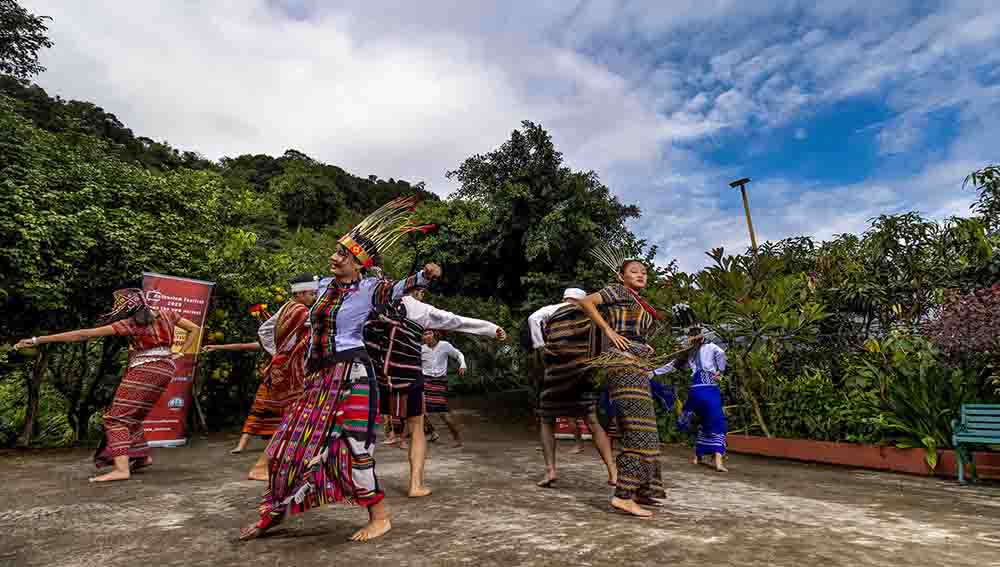Nestled in the northeastern part of India, Mizoram, celebrated its 37th Statehood Day On February 20, this year. While it might be less traversed in conversations, Mizoram has a profound history, cultural richness, and a unique connection to its hills. The name "Mizoram" carries a poetic meaning - 'Mi' for people, 'zo' for hills, and 'ram' for country, collectively forming the "land of people living in hills." This etymology sets the tone for the symbiotic relationship between the region's geography and its inhabitants. Let's uncover the layers of Mizoram's compelling story.

A Glimpse Into History
Mizoram's recorded history is a relatively recent tale, unfolding in the mid-19th century during the British monarchy's occupation of adjoining regions. British military officers documented Mizoram in the 1850s, and by 1895, the Mizo Hills were formally declared part of British India.
Post-Independence
The winds of change blew stronger post-independence in 1947 when Mizoram transitioned into the Lushai Hills district under the Government of Assam. The district's evolution continued in 1972 when it was declared a union territory, receiving the more culturally inclusive name "Mizoram." Finally, in 1986, Mizoram attained the status of a full-fledged federal state of India.

Linguistic Transformation
The ancestors of Mizos navigated life without a written language until the advent of the British. In adapting to the colonial encounters, the Mizo people embraced the Roman alphabet, which now shapes the written Mizo language. Anthropologically, Mizos are identified as members of the Tibeto-Burman ethnicity.
Legends of Emergence
Adding a touch of mystique to its history, Mizoram is steeped in legends. One popular narrative tells the story of Mizos emerging from beneath a massive rock cover known as Chhinlung. This legend adds a mythical dimension to Mizoram's cultural roots.

Green Oasis
While it stands as the second least populous state in India after Sikkim, Mizoram boasts a different accolade - it has the highest percentage of area covered by forests, standing at a remarkable 90.68%. This lush green landscape positions Mizoram as a haven for biodiversity.
Women as Cultural Custodians
In Mizoram, women are pivotal in preserving and safeguarding knowledge systems. Revered as the "Keepers of Stories," they pass down Mizo folktales, songs, and recipes through generations. This role becomes particularly crucial in the face of external influences like colonialism, modernization, and globalization.

Traditional Attire and Jewellery
The cultural identity of Mizoram is intricately woven into its traditional attire, known as Puan and Pachhu, complemented by unique jewellery. Mizo women weavers take immense pride in preserving their cultural identity and heritage through these traditional garments and ornaments. These elements become symbols of resilience in the wake of colonialism, modernization, and globalization.

As Mizoram commemorates its 37th Statehood Day, it invites us to delve into its rich narrative, a narrative woven with cultural threads, legends, and the resilience of its people. Mizoram, often overlooked, stands as a testament to the diversity and depth within the vast tapestry of India.